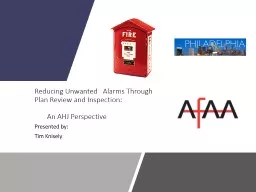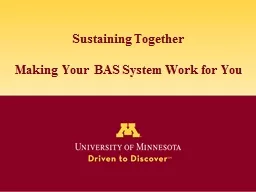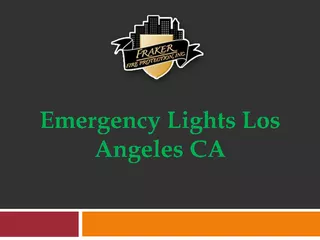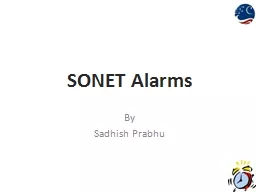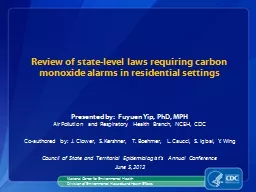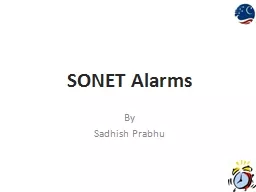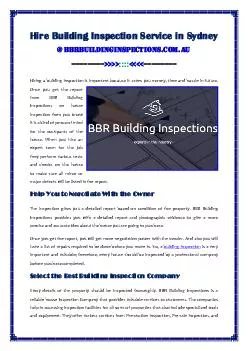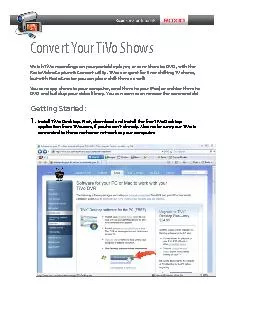PPT-Reducing Unwanted Alarms Through Plan Review and Inspection:
Author : phoenixbristle | Published Date : 2020-08-27
An AHJ Perspective Presented by Tim Knisely Introduction Unwanted Alarms What is an Unwanted Alarm Any alarm that occurs that is not the result of a potentially
Presentation Embed Code
Download Presentation
Download Presentation The PPT/PDF document "Reducing Unwanted Alarms Through Plan ..." is the property of its rightful owner. Permission is granted to download and print the materials on this website for personal, non-commercial use only, and to display it on your personal computer provided you do not modify the materials and that you retain all copyright notices contained in the materials. By downloading content from our website, you accept the terms of this agreement.
Reducing Unwanted Alarms Through Plan Review and Inspection:: Transcript
Download Rules Of Document
"Reducing Unwanted Alarms Through Plan Review and Inspection:"The content belongs to its owner. You may download and print it for personal use, without modification, and keep all copyright notices. By downloading, you agree to these terms.
Related Documents

